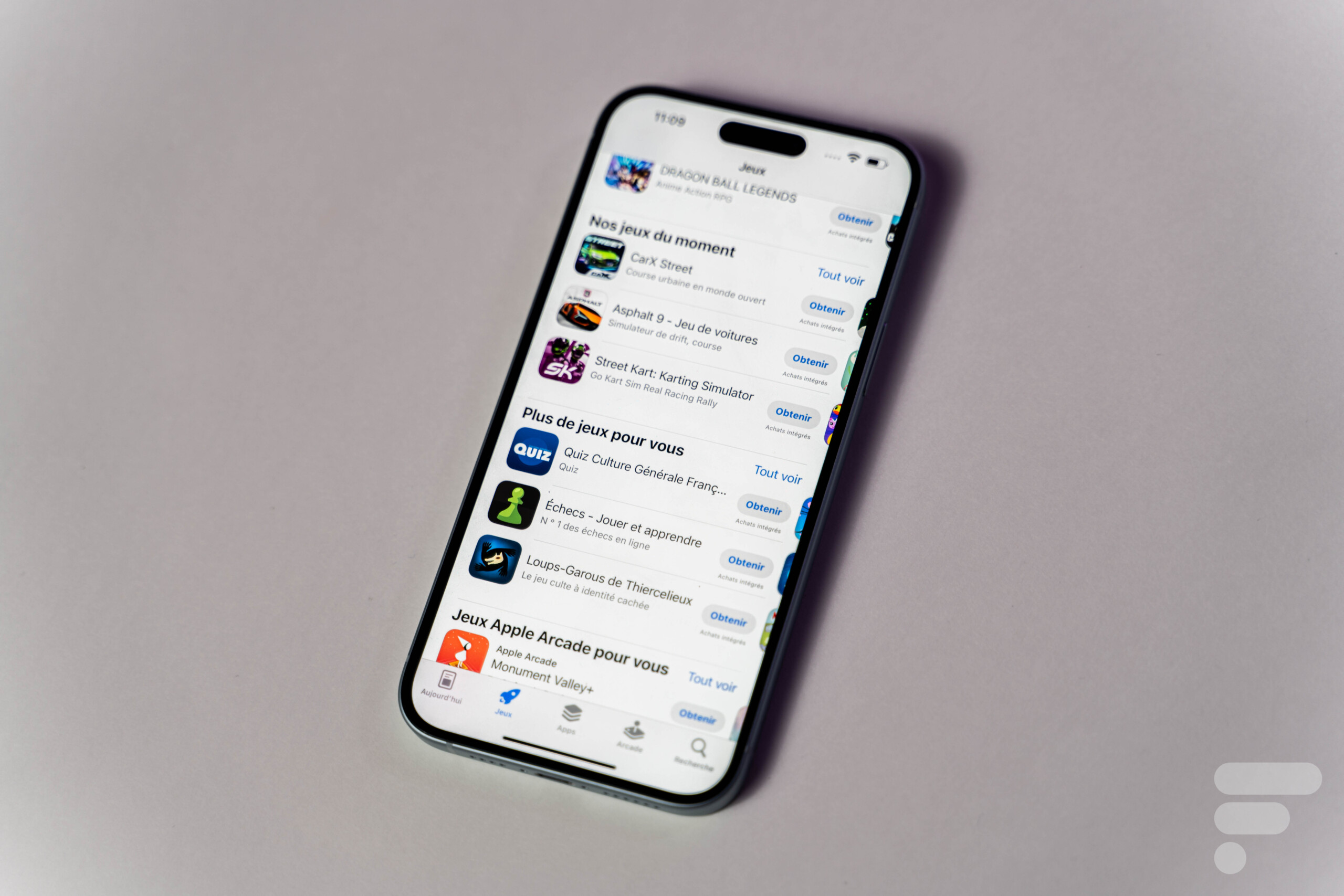For a 2017 lawsuit, Apple is paying its users tens of dollars

Some users report that they are receiving $92.17 from Apple in their bank accounts. The reason? Follow the 2020 judicial settlement, which was unblocked in the middle of last year, and for which Apple agreed to pay $500 million in compensation for the so-called BatteryGate.
This means the company is now free to pay about $92.17 to each of the millions of iPhone owners who registered as part of a class action lawsuit launched in 2017. And that’s good news, because The original 2020 contract contemplated a payment of $25, but since the number of people signing up was lower than expected, The agreed fine ($500 million) will be shared among fewer people. Some are even getting multiple payments, one for each iPhone they’ve filed a lawsuit against.
Related topics
You can read: This is the machine that can extract water from air that was launched at CES 2024
Antecedents: Slow Phones
It all started in late 2017, when a group of users investigated what was common knowledge at the time, with multiple reports known since 2015: Over time, iPhone They were slowing down. Initially the complaint was for the assumption that the company had a planned obsolescence program, and wanted users to renew their phones frequently.
At the time, what was revealed was that the company was indeed slowing down iPhones (with the iPhone 6 being the main victim), but that it was doing so due to aging batteries and loss of capacity. As confirmed by the same company, it was intended to prevent the phone from becoming unstable and restarting when the processor demands more power than the battery can deliver.. But it never made it public, nor did it allow users to decide what to do, which it later enabled with an operating system update.
Also Read: Razer Introduces Its New Gaming Chair With Advanced Experience Functions: We Tell You
Battery replacement, and fine payment
Apple then also began changing its battery replacement policy for used phones, which is still in effect, and which has cut the cost of replacing a new battery in retail stores by less than half. Apple from around the world (at that time it was from 79 to 29 dollars in the US).
However, the lawsuit continued until 2020, when the company agreed to pay $25 to each participant in the class-action lawsuit, including users. iPhone 6, iPhone 6 plus, iPhone 6s, iPhone 6s Plus, iPhone SE, iPhone 7 and iPhone 7 Plus. In total, the payment was estimated to be between $310 and $500 million.
More news: From nail-painting robots to infrared hair dryers: beauty and technology come together at CES
This is the second payment the company will make for this issue: In 2020 it agreed to pay $113 million to the state of California and Alameda County and Los Angeles, in the United States, who sued him for the same issue.
You can also read:



:quality(70):focal(3303x1610:3313x1620)/cloudfront-eu-central-1.images.arcpublishing.com/liberation/7XZJV4NI3BCXLL3CFYUTAT5HRY.jpg)

